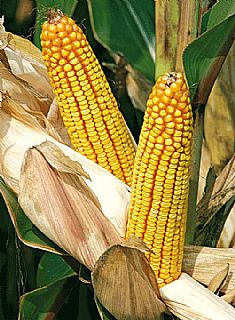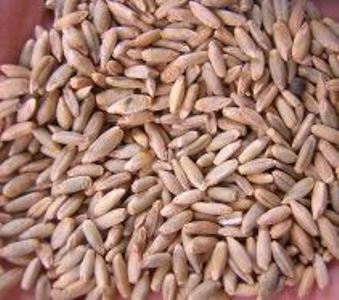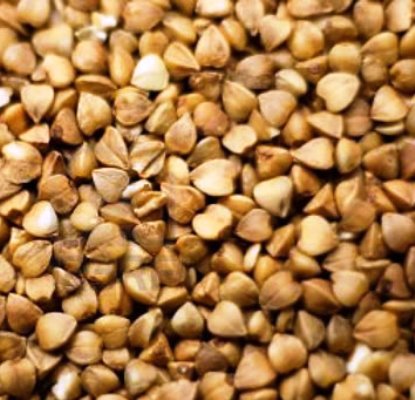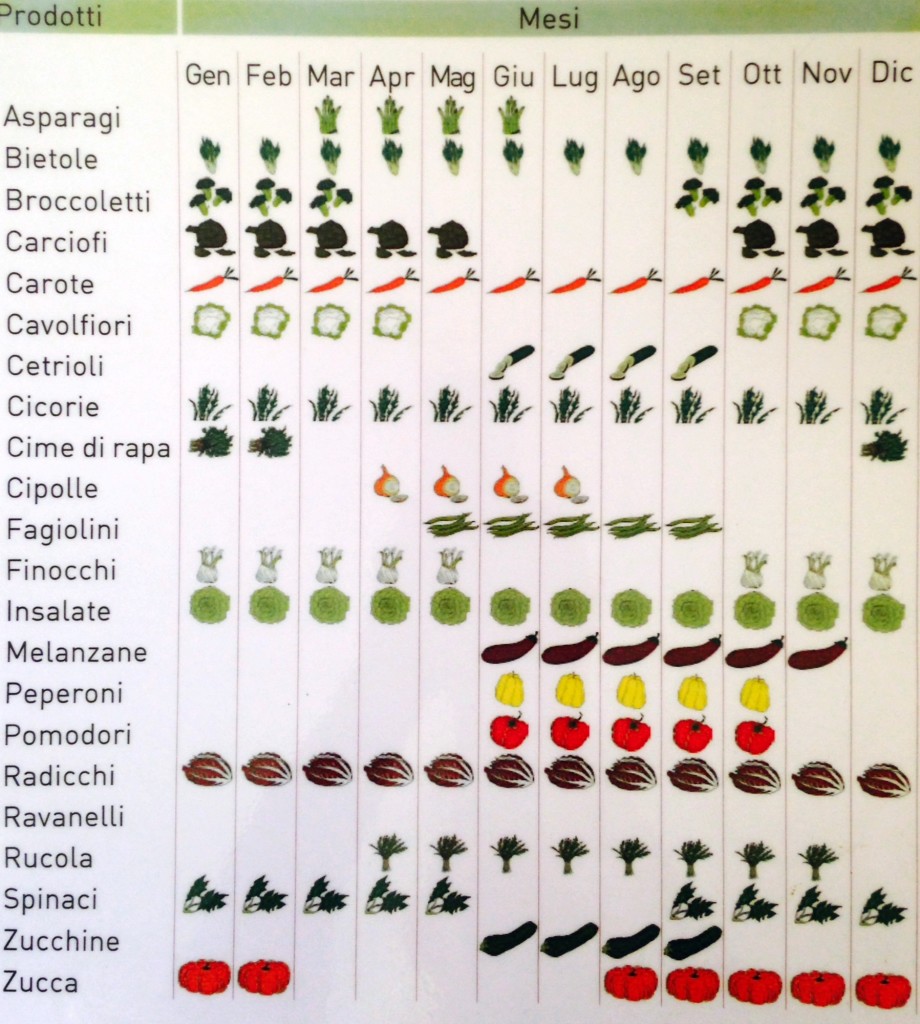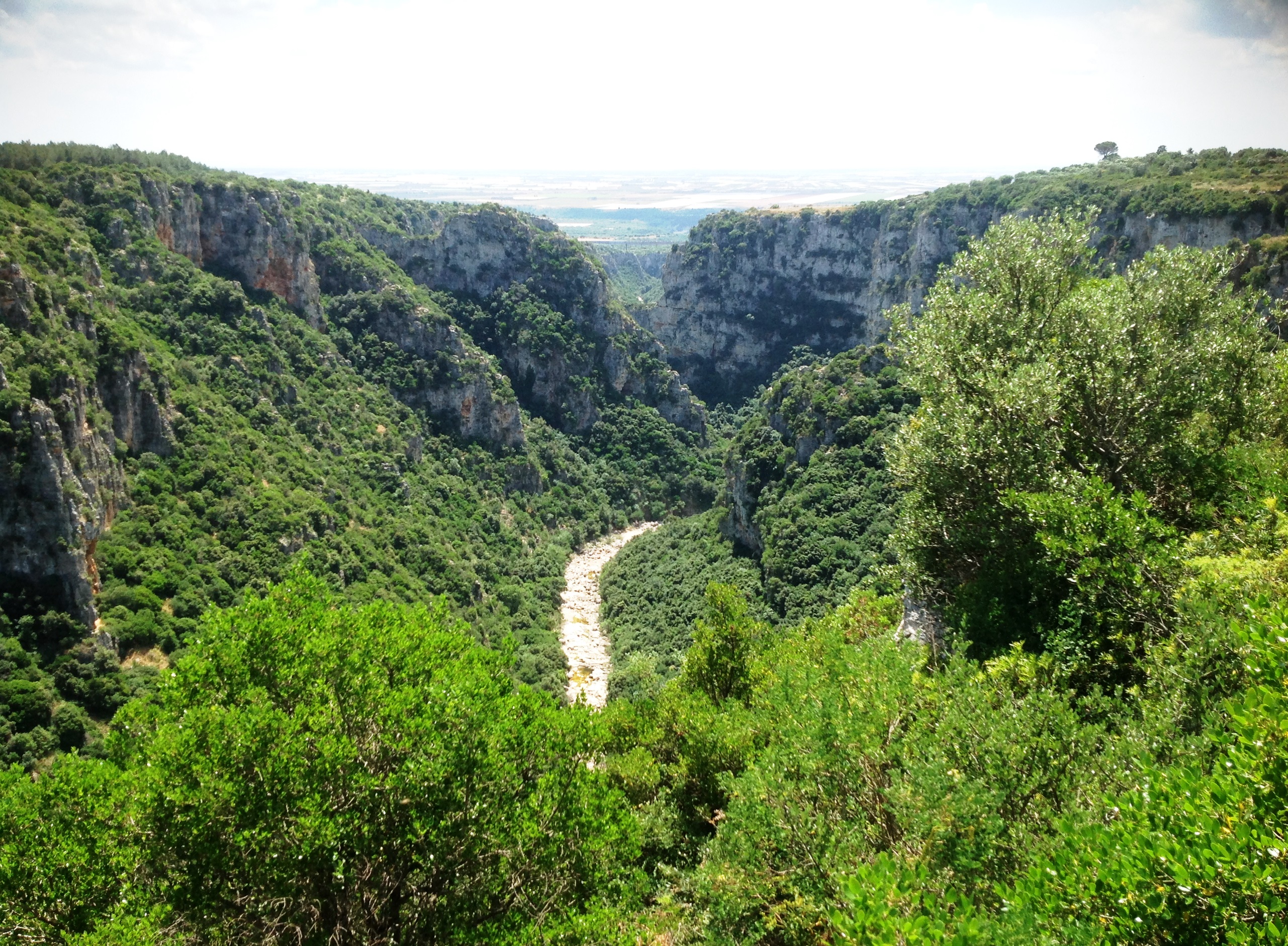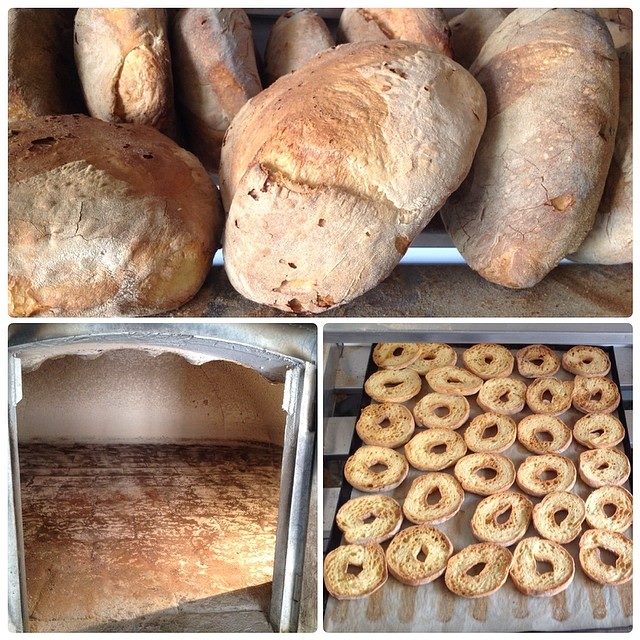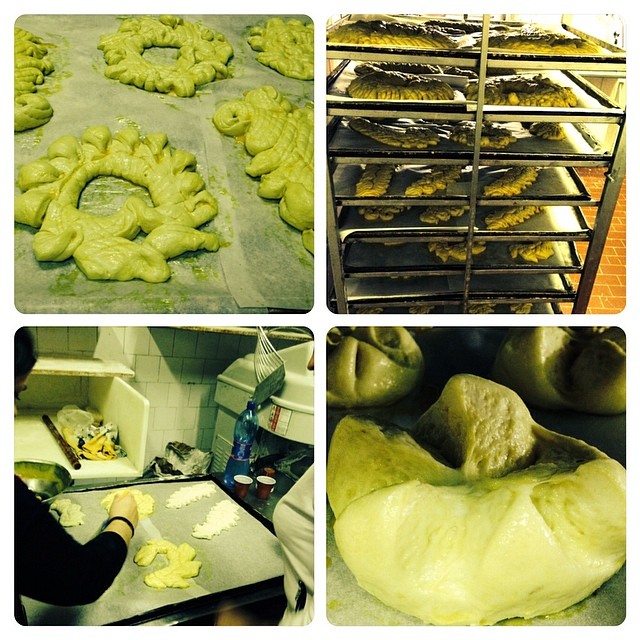In this article we will talk about sewage sludge is used in agriculture, common rules in the production of rice, of its drying and old varieties. But also of honey and a product that I care very: Farinaccio. Chi vuole essere consumatore consapevole e informato ha gli strumenti per farlo.
I know for a long time Dino Massignani, the Director of 'Farm Wildlife Reserve St. Maximus. Despite this, the spring that prompted me to visit this production of rice is taken when I saw some pictures of the Reserve, but especially after a recent chat with Dino about 'sludge'. Exactly so, sewage sludge is used in agriculture. A question muddy, or better, a matter of recycling in my opinion unclear. To be honest, after listening, I realized that neither of clarity there is little in many things, also in the production of rice.
The one thing that I can tell you is what my eyes have seen: a naturally beautiful and unspoilt. A perfect ecosystem with a wide natural wooded area, tra fauna, rogge, marshes, farmland, paddy fields and fruit trees. An area of the Lombard Park of the Ticino Valley in which 2004 has been recognized as a Site of Community. Reserve a special protection for the preservation of different species of animals and plants protected by the International Union for the Conservation of Endangered Species.
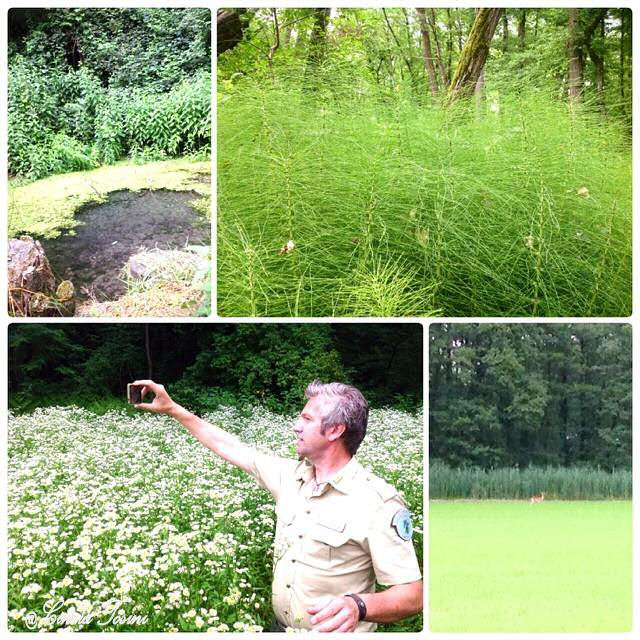
Farm Wildlife Reserve St. Maximus
E 'is the environment in which the rice is born of the Reserve San Massimo. I would be 800 acres of property (and almost as rent) that use the old procedures in respect of the structure of the soil and the natural habitat. For all this it is essential that the human hand intervenes so wise and clever. The experience is essential, especially at a time like this, when the climatic conditions are particularly changeable.
A life devoted to agriculture that requires dedication, love and respect for nature. Although I take a little 'around Dino Massignani (call it the Cracco rice), I could see how to take his job seriously. Born into a family of farmers, could have no other destiny. As I often say ... the land called those who love the earth.

This fern is present in the reserve Osmunda Regalis. A protected species and anti-pollution. It is in fact capable of absorbing harmful pollutants.
Ma gold a rent to the oral ...
- Hello Dino, we begin to explore the question of sewage sludge. I myself I was not aware of before you I speak. I better explain the origin of this mass recycled in agriculture, but especially, is analyzed before being distributed on the land?
Sewage sludge problem ... nice. In Italy, our parliament has legislated that the solid mass created by the processing of water purification plants, both domestic and industrial, you can deploy (after processing and blending) in agricultural fields.
The problem is that those who made use (foolishly), has found only one soil pollution, especially of heavy metals. The law provides that the controller of this spreading is the same company that pays the farmer to be able to distribute these substances on its land. The only obligation is to deliver the analysis of each field made before and after spreading.
You can easily understand that make the controller itself is from the fairy tale world. Do you think that the companies if they find indices of pollution in the soil they bring their? I just tell you that in a few years planted cereals are not even grown, or during the growing season the plants were sick to the point that the farmer had to intervene tripling treatments (chemical) to save part of the crop.
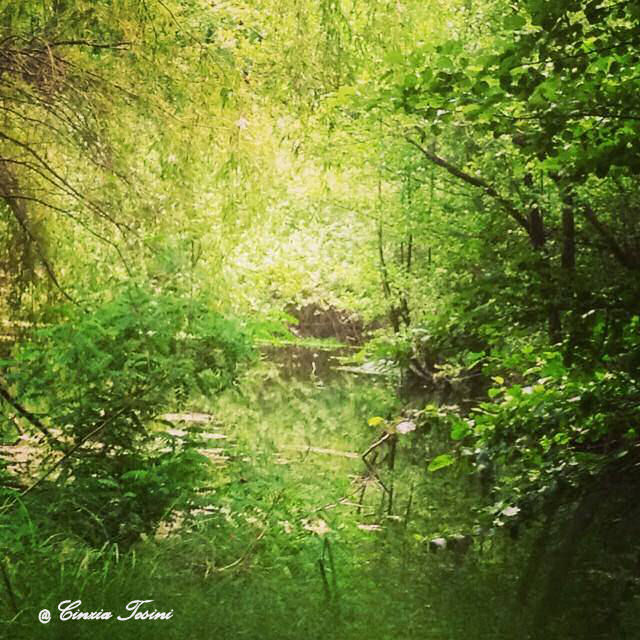
The Reserve San Massimo, a perfect ecosystem
- As I wrote, after listening to you, I realized that clarity in the production of rice there is little or. This easily explains the difference in the final cost of the rice that unfortunately the consumer can not perceive. Mistake?
Exact, the world's rice is very nebulous, and many benefit, even the most unthinkable. Suffice it to say that there is no requirement for traceability of the product. Do you think that from anywhere in the world Arrivals the company name appears on the packaging, is not obliged to mention the source.
There are no controls on the values of plant protection (this also happens on cereals used for pasta), and is still granted despite the drying oil releases a quantity of heavy metals on the grain. Clearly is favored by companies for tax relief arising therefrom compared to paying full price for the supply of gas.
The biggest joke for the consumer then, is related to the sales name signed on the box. It should be clarified that it is not related to the variety packed. Let me explain: every sales name signed on the box does not guarantee the variety inside, because a law allows for canning and other varieties such as spacciarle. A law that benefits only the smart ones who want to keep consumers in the dark.

Baldo Rice Reserve Superfino San Massimo, ideal for soups
- I like to go to the source of everything, I need to understand. The same thing goes for production. Everything comes from the seed. You told me that your certificate is. What guarantees this certification?
In order to sell a variety of rice each company, earlier in the season, RISI institution must declare the areas sown with the specification of the variety. This is used only to let the rice mills, that will sell rice, availability throughout the year is how much of that particular variety.
But mainly serves for the will, which are intended for years, to standardize the rice cereal (have much say in the matter inside the 'BODY RISI).
We will, own to protect ourselves, There autoriproduciamo the seed of authentic Carnaroli that we bought years ago from an elderly farmer and that we are certified by ENSE. (Internet show Naz. The seeds Elected) which guarantees the authenticity.
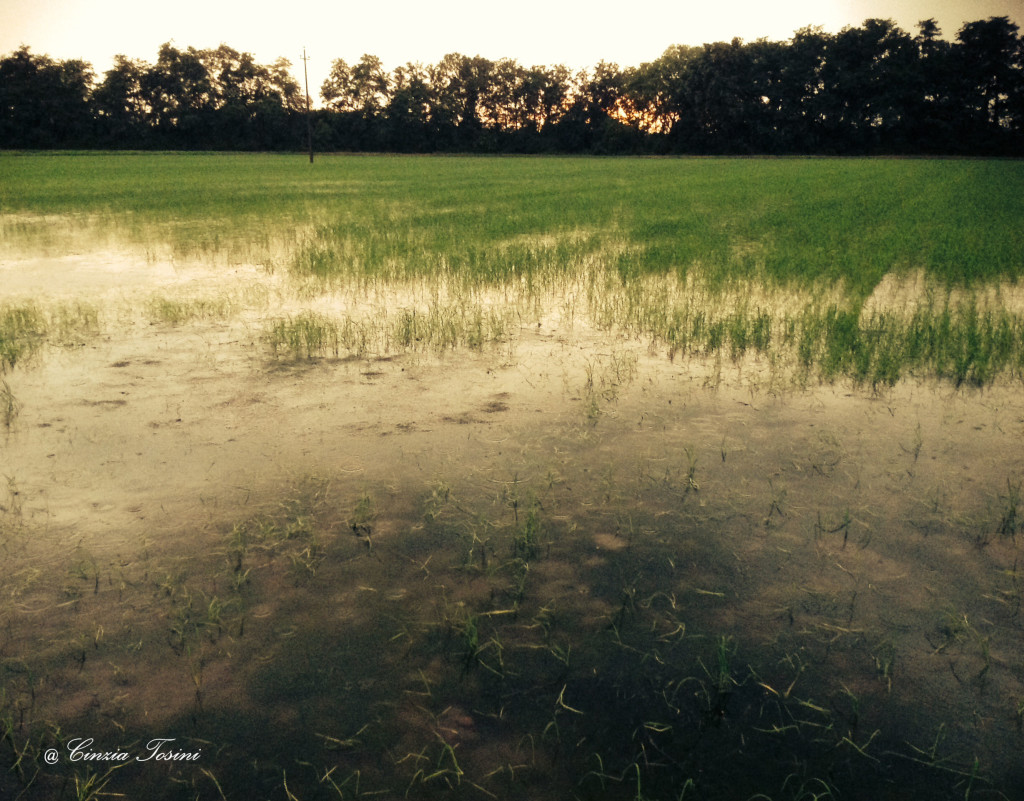
Rice fields
- Now let's talk about rice drying. Many do not know that can take place with the aid of methane gas plants (the system used by you) o a gasolio. Some, brings a difference on the final costs, but also on the grain and our health. Am I right?
Some, in agriculture there are discounts on the purchase of diesel fuel for the use of agricultural vehicles, and when in the company is used for the drying of cereals. Unfortunately, diesel and paraffin releases PM 10 (Particulate matter, ie in small particles) so there is nothing to greet use it for drying rice.
I spiego. The heated air from the burner is in contact with the grains penetrating. The drying process is done to reduce the humidity percentage of the same, which by law must be the 11-12 % with heat shock. And 'to offer a quality product far superior that we decided to use only with the drying gas, despite its cost is at full price with no concessions.
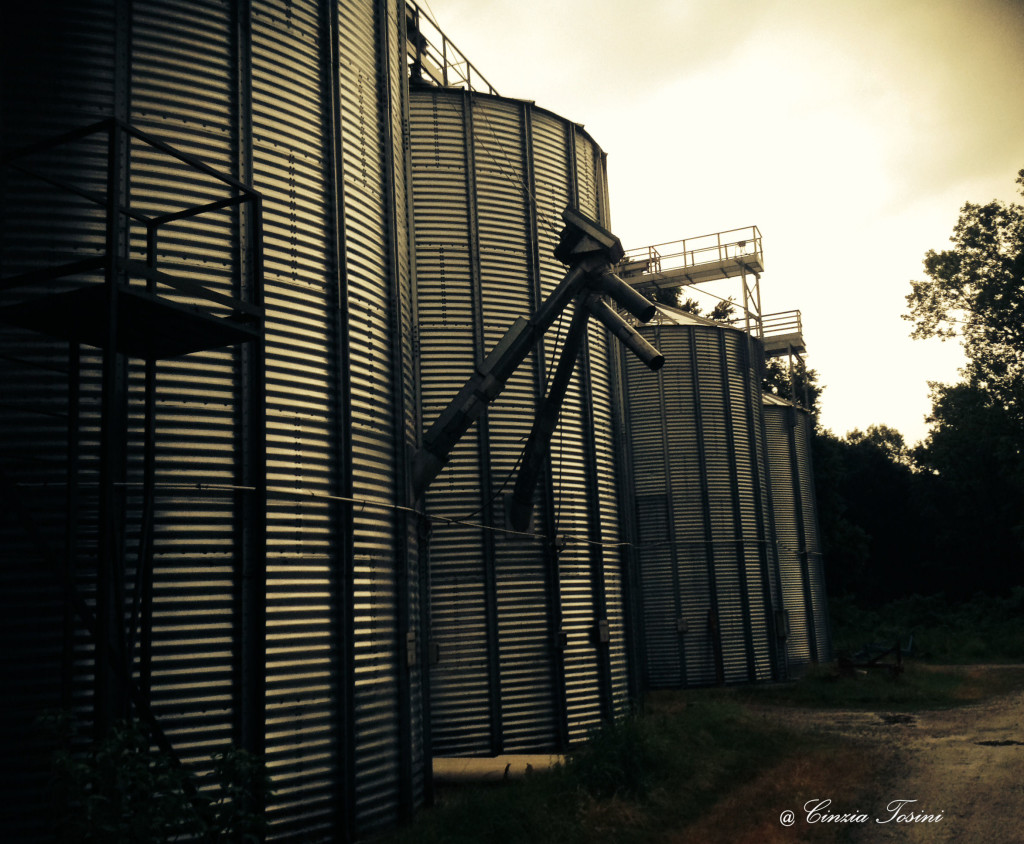
Silos ventilated with air recycling where corn does not rest on the ground
- The Italians know mostly Carnaroli rice, the variety ideal for risotto. In fact there are many other. For example, the ancient rice variety 'Rosa Marchetti' of your production, ideal for soups. How come there are few farmers who would devote?
The 'Rosa Marchetti' is an ancient variety abandoned by farmers as they reached maturity, it entices (intertwined) easily. This year we are experiencing a fertilizer with the decomposition of organic herbs, completely excluding the use of chemical products. Surely we will produce 1/5 of what they produce other companies, but it will be a unique Rosa Marchetti for health and goodness.
- Walking around I saw many tireless workers industrious: le api. Let's talk about honey, I mean your ...
The San Massimo Reserve is a unique environmental reality for its biodiversity that we guarantee daily attivandoci to protect it. This has meant that in recent years has become a destination, as well as visitors and University professors, of beekeepers who live problems of survival of bees locate in other places. For this reason we decided to look for serious people who have the same philosophy on our respect for life forms, to produce honey.
The choice fell on doctors Marianna Paulis Tui and Anna Blacks, which by now have moved all their hives in San Massimo, undertaking a painstaking work and quality, and excluding any chemical treatment on bees (this is not obvious, rather…)
Feeding bees to honey, and not with loaves with chemicals or water and sugar, led in time over which to have a natural product 100 %, a positive response in the labor force of bees that surprised even their. Any living being that lives and feeds in a healthy place, can only feel good.
The production of acacia honey, view the rain, it is a bit 'reduced, but still remains very high quality. Definitely will not be enough for the request. The certainty is that we accept these risks because we only sell our product (I certainly do not buy from other, to resell them as our).
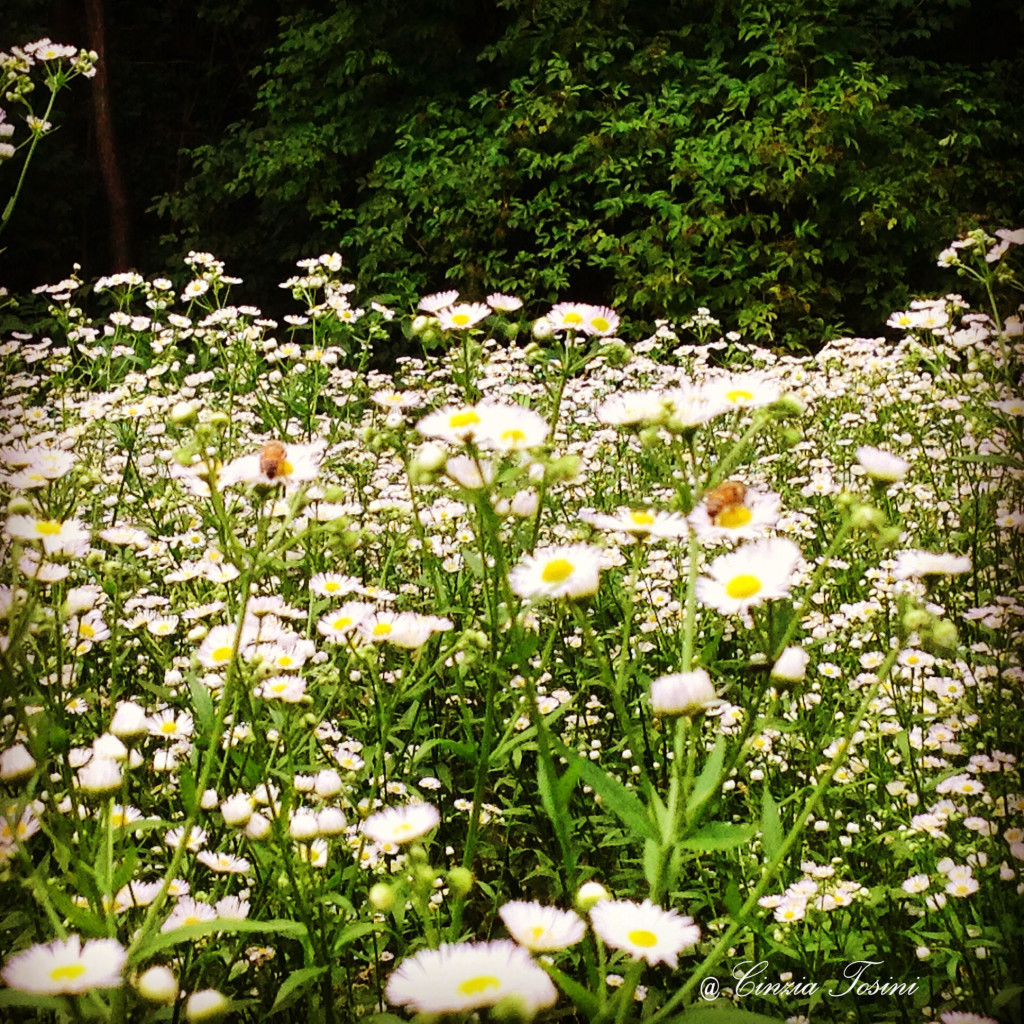
Le api. the tireless workers of the Reserve
- One last question Dino. There is a by-product (so they call it the most though for me it is not at all), I love it because it is rich in nutrients. Very loving and very little natural medicine drugs (where not necessary) is soon explained the reason. A great natural supplement nutty flavor. Some call it middlings and who rice germ. How do you call, and especially, use it?
It Cinzia, in technical jargon by riseria takes the name of farinaccio. Some people masquerading as rice germ, even if only partially can boast this definition. In fact, one part is composed of the 1st and 2nd pericarp, that is the film that covers the white rice, not to be confused with the husk, which is the outer husk of rice.
The middlings is very nutritious and healthy (of course always depends on who produces rice, if not chemically treated, and how it is dried). Attention to the word 'healthy' is now on everyone's lips. This definition should be guaranteed by analysis. To answer your question on the use we make of it, you just say that in recent times we have sent to some chefs directing on how to use. We have other ideas about, but it is still too early to reveal ...
These are the answers to a producer who I met before at events and then, I like it, in person on the field, in reality living. With Dino remained pending a promise. As soon as possible I want to do a 'safari in the reserve'. Exactly so, I saw a pristine nature of such beauty that I need to live it again, but in my own way: in the silence, using my senses ... armed only with my camera.

Farinaccio Reserve San Massimo: 1/2 pericarp more rice germ
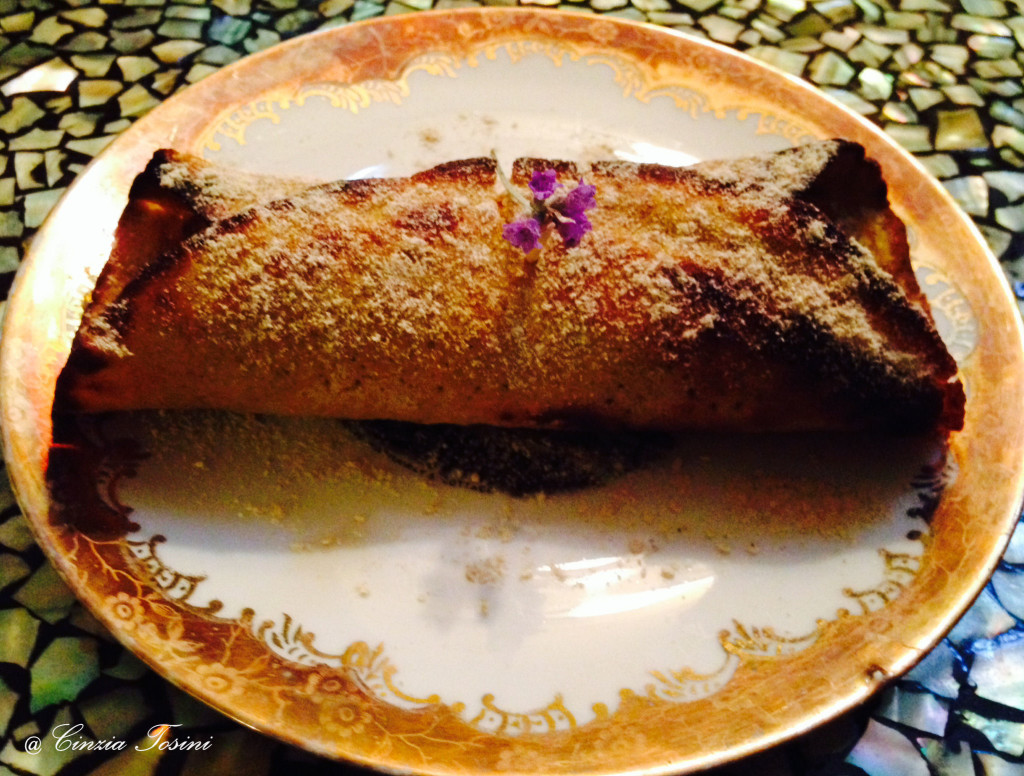
Omelette Rice bran and Honey
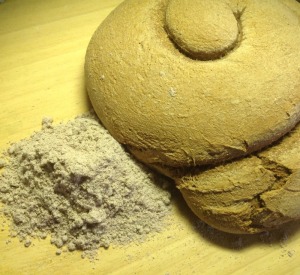 prepared with flour Sorghum, an ancient grain gluten-rich nutritional properties. Come to abitudine, when something strikes my attention, I can not stop myself from asking questions. The reason is very simple, I like to eat satisfying the palate and sating the mind.
prepared with flour Sorghum, an ancient grain gluten-rich nutritional properties. Come to abitudine, when something strikes my attention, I can not stop myself from asking questions. The reason is very simple, I like to eat satisfying the palate and sating the mind.

